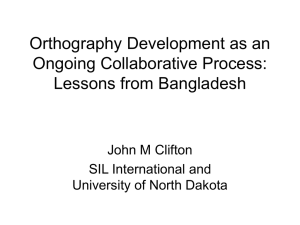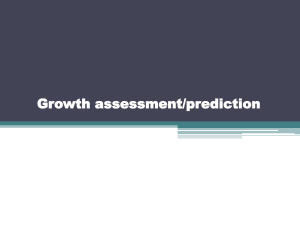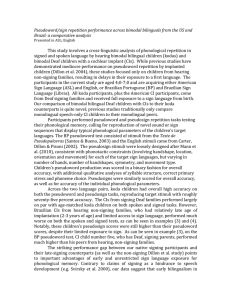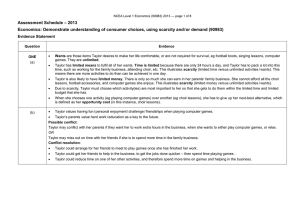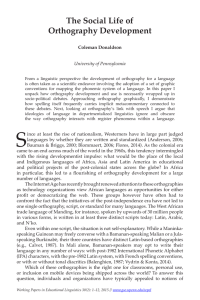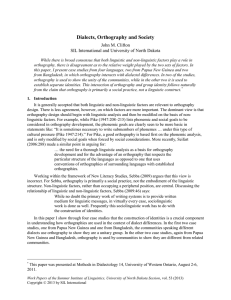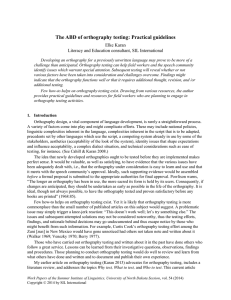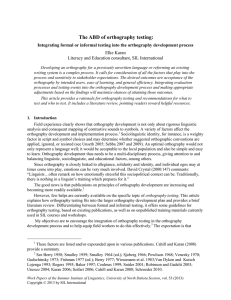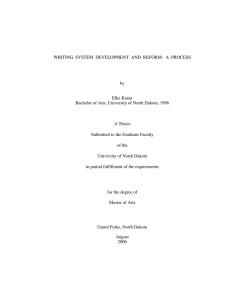25 May 2016, 4-5pm in G10
advertisement
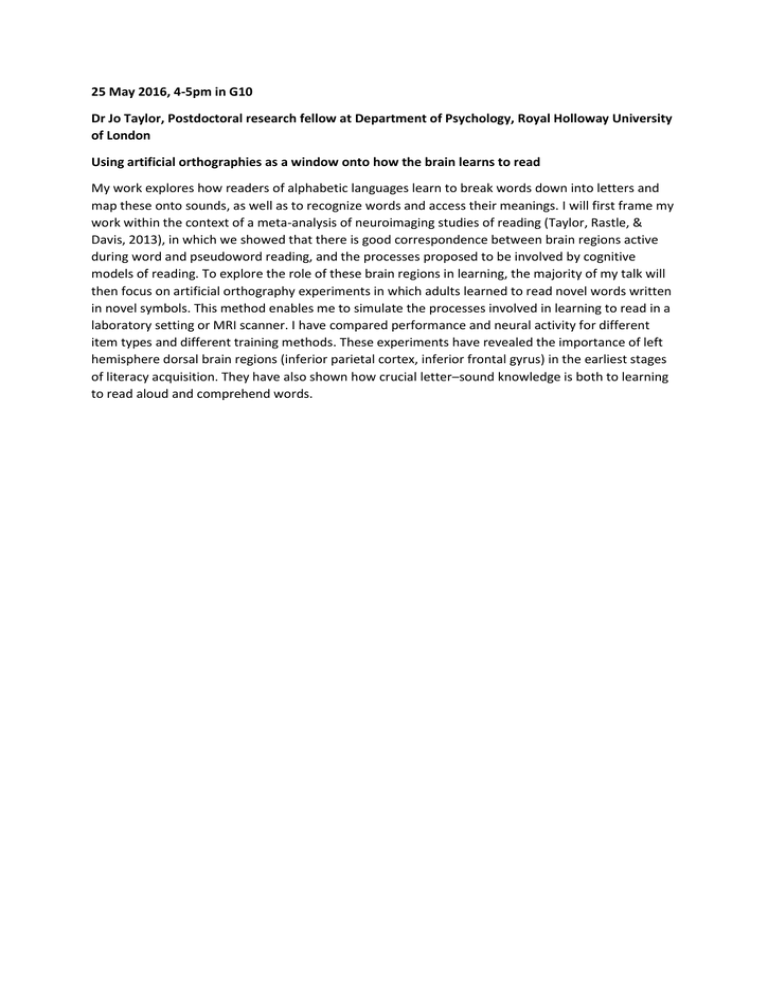
25 May 2016, 4-5pm in G10 Dr Jo Taylor, Postdoctoral research fellow at Department of Psychology, Royal Holloway University of London Using artificial orthographies as a window onto how the brain learns to read My work explores how readers of alphabetic languages learn to break words down into letters and map these onto sounds, as well as to recognize words and access their meanings. I will first frame my work within the context of a meta-analysis of neuroimaging studies of reading (Taylor, Rastle, & Davis, 2013), in which we showed that there is good correspondence between brain regions active during word and pseudoword reading, and the processes proposed to be involved by cognitive models of reading. To explore the role of these brain regions in learning, the majority of my talk will then focus on artificial orthography experiments in which adults learned to read novel words written in novel symbols. This method enables me to simulate the processes involved in learning to read in a laboratory setting or MRI scanner. I have compared performance and neural activity for different item types and different training methods. These experiments have revealed the importance of left hemisphere dorsal brain regions (inferior parietal cortex, inferior frontal gyrus) in the earliest stages of literacy acquisition. They have also shown how crucial letter–sound knowledge is both to learning to read aloud and comprehend words.


